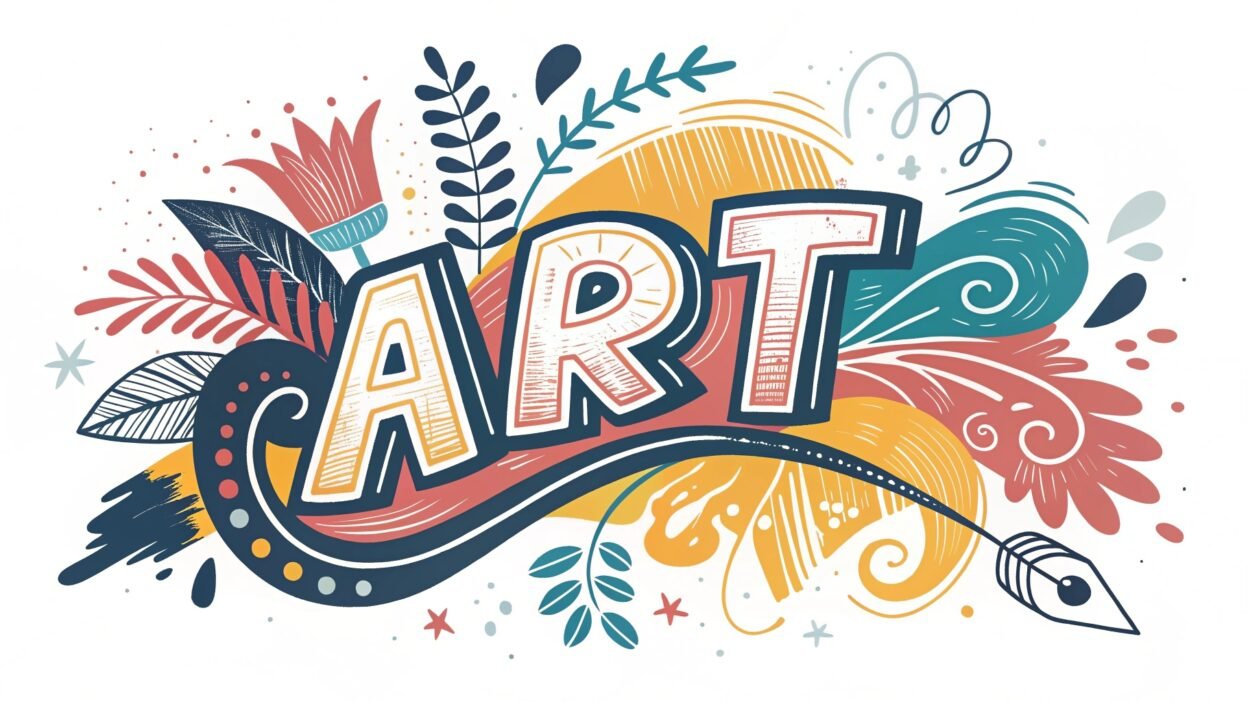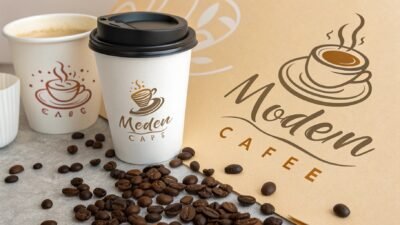Table of Contents
- Introduction
- 1. The Importance of Art Logos
- 2. Key Elements of a Great Art Logo
- 3. Current Trends in Art Logo Design
- 4. Tips for Creating Your Own Art Logo
- 5. Conclusion
Introduction
In the world of branding, an art logo is much more than just a visual mark—it’s a creative representation of your brand’s identity, vision, and passion. Whether you’re an artist, a creative agency, or an art-related business, a well-crafted art logo can set you apart, capturing the essence of your creativity while making a lasting impression. In this blog, we’ll explore why art logos matter, break down the key design elements, highlight current trends, and provide actionable tips to create an art logo that truly stands out.
1. The Importance of Art Logos
Art logos play a pivotal role in defining a brand’s visual identity. Here’s why they are essential for creative industries:
- Expressing Creativity: Art logos offer a unique opportunity to showcase your creative vision through innovative designs that resonate with your audience.
- Brand Recognition: A distinctive and memorable art logo helps your brand become easily recognizable in a crowded marketplace.
- Emotional Connection: Artistic logos can evoke emotions and tell a story, helping to forge a strong connection with your audience.
- Differentiation: In industries where creativity is key, an art logo sets your brand apart, signaling originality and authenticity.
2. Key Elements of a Great Art Logo
Creating a compelling art logo involves balancing creativity with clarity. Consider the following elements:
- Iconography:
Choose symbols or abstract elements that reflect your artistic style. Whether it’s a brushstroke, an abstract shape, or a hand-drawn illustration, your icon should be both unique and relevant to your brand. - Typography:
The font you select can significantly impact your logo’s overall feel. Experiment with custom or hand-drawn fonts that add a personal touch, ensuring they remain legible and harmonious with your design. - Color Scheme:
Colors evoke emotions and set the tone for your logo. Bold, vibrant hues can emphasize creativity, while more subdued tones may convey sophistication. Choose a palette that reflects your brand’s personality. - Simplicity:
Even in artistic designs, simplicity is key. A cluttered logo can dilute your message, so aim for a clean and balanced design that remains effective across various sizes and mediums. - Scalability:
Your logo should maintain its visual impact whether it’s displayed on a business card or a large banner. Test your design in different sizes to ensure it’s versatile.
3. Current Trends in Art Logo Design
Staying current with design trends can infuse your art logo with a modern edge. Some trends include:
- Minimalist Art Logos:
Embracing minimalism helps focus on essential design elements, creating a clean, impactful logo that stands the test of time. - Hand-Drawn and Custom Typography:
Personalized, hand-drawn fonts add uniqueness and an artisanal feel to your logo, making it truly one-of-a-kind. - Abstract and Geometric Shapes:
Utilizing abstract forms or geometric patterns can create a contemporary look that appeals to modern audiences. - Dynamic Gradients and Vibrant Colors:
The use of gradients adds depth and movement, while bold color combinations make your logo pop on digital platforms. - Organic and Fluid Designs:
Logos that incorporate natural, flowing lines often evoke a sense of creativity and originality, perfect for artistic brands.
For additional creative inspiration and resources, check out Canva, which offers a wide range of customizable templates and design tools to help you experiment with your ideas.
4. Tips for Creating Your Own Art Logo
Here are some practical steps to help you design an art logo that truly represents your creative brand:
- Define Your Brand Identity:
Understand your brand’s mission, values, and target audience. This foundation will guide your design decisions and ensure your logo resonates with your intended market. - Brainstorm and Sketch:
Start with rough sketches to explore different concepts. Don’t hesitate to experiment with various symbols, layouts, and color schemes until you find a design that clicks. - Leverage Digital Tools:
Utilize design platforms like Canva to refine your ideas. These tools offer extensive libraries of icons, fonts, and color palettes, streamlining the creative process. - Keep It Simple and Versatile:
Strive for a design that is simple yet memorable. Your logo should be versatile enough to work across different mediums and sizes. - Seek Feedback:
Share your design drafts with peers or within creative communities. Constructive feedback can help you refine your logo and ensure it aligns with your brand’s vision. - Iterate and Refine:
Don’t be afraid to revise your design multiple times. The best logos often emerge after several iterations and refinements.
5. Conclusion
An art logo is a powerful tool for conveying your brand’s creative spirit and setting you apart from the competition. By focusing on key design elements such as iconography, typography, and color, and by staying up-to-date with current trends, you can create a logo that not only stands out but also resonates with your audience.
Whether you choose to design your logo independently using tools like Canva or collaborate with professional designers, investing time in creating a memorable art logo will pay off in enhanced brand recognition and loyalty.
For more design insights and expert tips, visit our Teraunits Blog or explore professional design services at Teraunits.
What creative elements do you think make an art logo truly stand out? Share your thoughts in the comments below!
Keywords: art logos, artistic logo, creative art logos, logo design art, art brand logo, modern art logos, creative logo design



